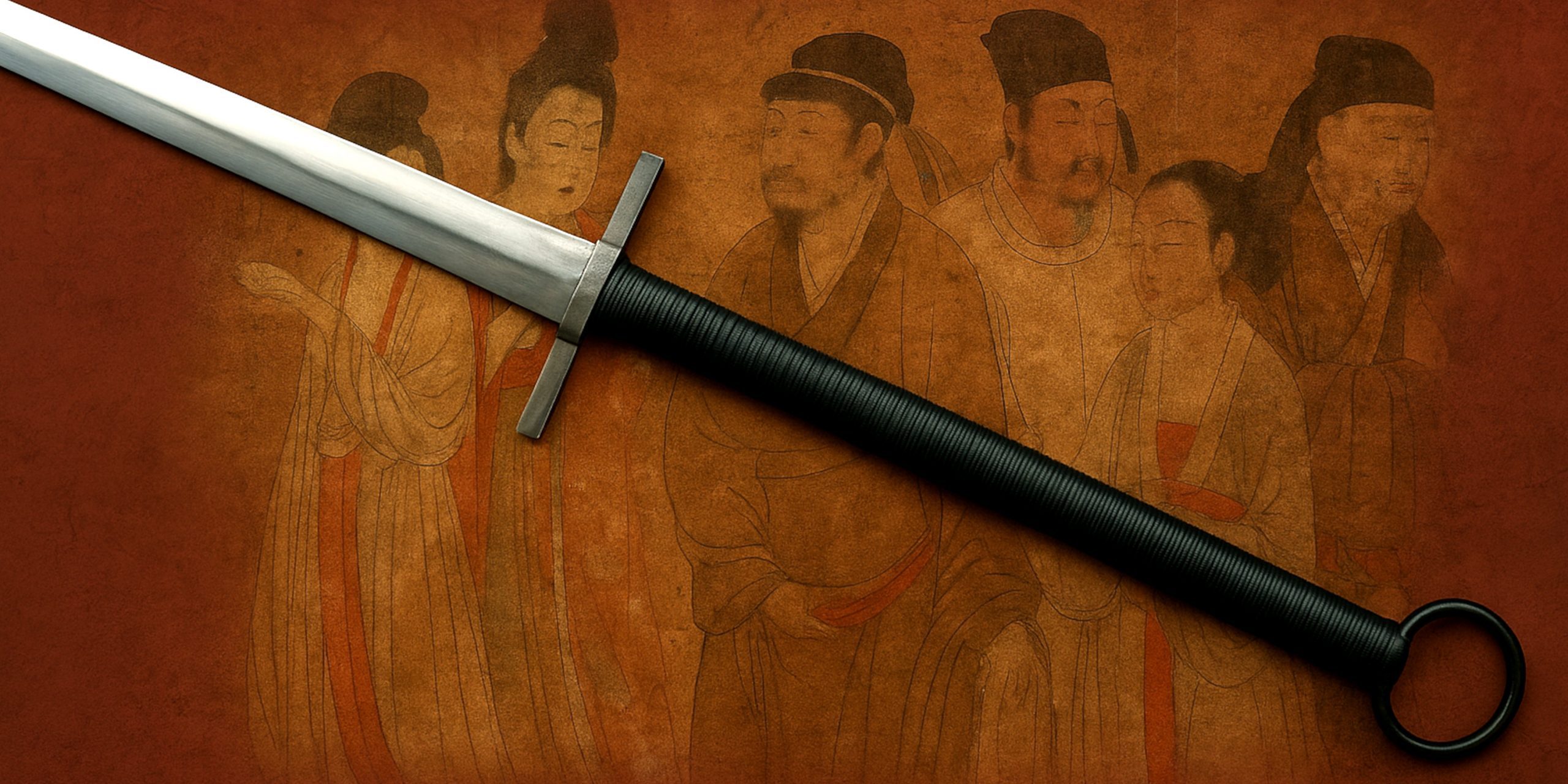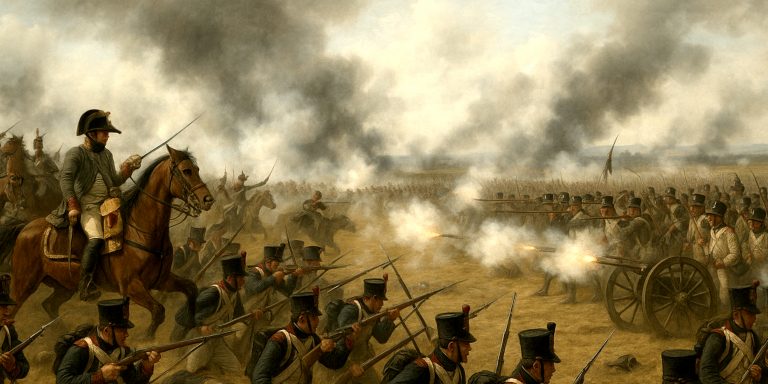
The Tang era produced some of the most influential military technologies in East Asia, and among these weapons was an early form of the Zhanmadao. This long, anti cavalry blade appears in scattered references and survives in later Song and Ming developments, but its Tang roots are often overlooked. The Tang variant stands out for its imposing length, heavy cutting potential and specialised battlefield purpose. Although examples from the period are rare, the concept influenced later two handed sabres and anti cavalry polearms across China, Korea and Japan.
This guide sets out what is known about the Tang period version, how it fits within the evolution of Chinese long blades, and what modern collectors should know.
Specification
The following represents the best scholarly reconstruction based on period texts and later surviving analogues.
| Feature | Tang Zhanmadao Variant |
|---|---|
| Total Length | Approximately 150 to 190 cm |
| Blade Length | Approximately 90 to 120 cm |
| Blade Type | Single edged, broad backed cutting blade |
| Curvature | Very slight forward curve or almost straight |
| Tang Style | Full length through tang for strength |
| Grip | Two handed wooden grip, often wrapped in leather |
| Weight | Estimated 2.5 to 3.5 kg |
| Primary Use | Anti cavalry defence, formation fighting |
| Secondary Use | Anti armour cutting strokes |
These figures vary, since no confirmed Tang specimens survive. The design sits between a very large dao and a glaive like long knife.
History and Evolution
Tang armies faced opponents who relied on armoured cavalry, particularly during clashes on the northern frontiers. Long cutting weapons were therefore valued. While the Zhanmadao is better documented during the Song, the Tang employed similar two handed blades aimed at stopping horses or delivering powerful cleaving blows against cavalry formations.
Key points in its evolution include:
- Tang texts refer to long dao used by infantry in anti cavalry roles. These precursors likely informed later Zhanmadao forms.
- The Song period standardised the Zhanmadao, refining the length and establishing a clear military category.
- Yuan and Ming armies continued to use heavy two handed sabres, though designs shifted toward slightly curved, broader blades such as the miao dao.
- Japanese nodachi and Chinese changdao share conceptual overlap with the Tang variant, showing a wider cultural interest in long sabres for formation combat.
The Tang version remains the least documented, but it sits at the root of a long tradition of oversized battlefield blades.
Advantages
- Tremendous cutting power when used with two hands.
- Effective against lightly armoured cavalry legs and horse necks.
- Strong psychological presence on the battlefield.
- Allowed infantry to hold off charging riders when deployed in disciplined ranks.
Disadvantages
- Weight made it tiring during prolonged engagements.
- Unsuitable for close quarters once formations broke apart.
- Required trained infantry capable of disciplined timing and coordination.
- Transport and scabbard storage were more awkward than for shorter sabres.
Comparison with Similar Weapons
| Weapon | Key Differences |
|---|---|
| Song Zhanmadao | Later version was better standardised and documented. Usually longer with a clearer tactical role. |
| Ming Miao Dao | More curved, faster in the hands, used for both formation and duelling contexts. |
| Changdao | Possible direct descendant. Longer and more standardised by the Song and Yuan periods. |
| Japanese Nodachi | More pronounced curvature and often longer. Mainly used in selective battlefield roles rather than standard infantry deployment. |
| Polearms (Guan Dao and Ji) | Polearms had far greater reach but lacked the cutting agility of a two handed sabre. |
Legacy
The Tang era variant influenced later Chinese military sabres, especially the changdao and the miao dao. It also contributed to a broader East Asian tradition of oversized blades designed for infantry facing mounted threats. Although overshadowed by its Song and Ming descendants, the Tang version marks the beginning of a long trajectory in Chinese military technology.
Its legacy is visible in:
- The evolution of the changdao and miao dao.
- Martial arts traditions that preserve long sabre forms, though often based on Ming models.
- Reconstruction communities and historians who study large battlefield blades.
Where to See
No confirmed Tang Zhanmadao survives, but related long sabres and later variants can be viewed in:
- Palace Museum, Beijing.
- National Museum of China, Beijing.
- Nanjing Museum, with Song and Ming long sabres.
- Taipei National Palace Museum, which holds long blade catalogues and dao typologies.
Reproduction Tang long dao are also occasionally displayed at martial arts events, reenactment groups and specialist exhibitions.
Collector’s Guide
Even though authentic Tang examples do not survive on the private market, collectors engage with high quality reproductions or later long sabres.
What Collectors Look For
- High carbon steel construction with accurate weight distribution.
- Historical accuracy in grip, blade geometry and scabbard fittings.
- Provenance showing a reproduction is based on reputable academic reconstruction.
- Condition of blade polish and stability of the long tang.
Auction Prices
| Category | Typical Price Range |
|---|---|
| Modern reproduction, forge made | 300 to 800 GBP |
| High end reproduction, custom forged | 900 to 2,500 GBP |
| Later Chinese long sabres from late Qing | 1,500 to 6,000 GBP depending on provenance |
| Decorative replicas | 50 to 200 GBP |
Authentic early Chinese military blades from the Tang period are absent from the market, so caution is advised when browsing items claiming to be Tang era originals.
Buying Advice
- Work with specialist dealers in Chinese arms and armour.
- Check weight and balance, especially for very long blades.
- Verify that scabbards and mounts match the correct period style.
- Avoid pieces marketed with exaggerated battlefield claims or inaccurate terminology.



